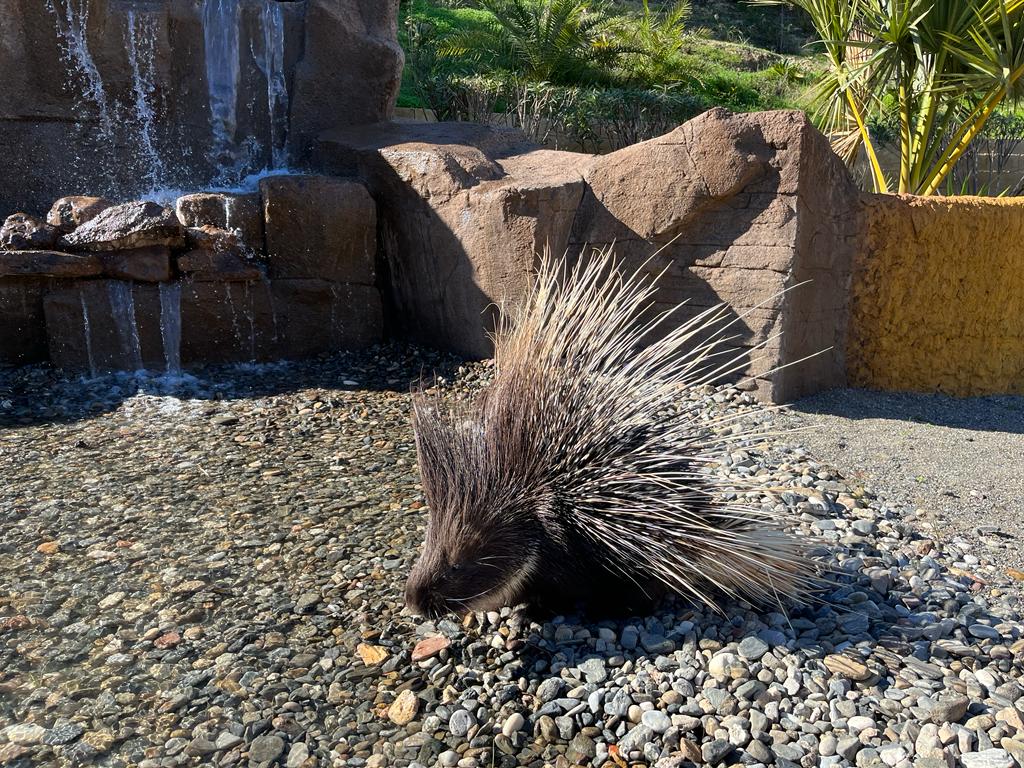Mammals
Patagonian Mara
Dolichotis patagonum
The Patagonian mara is one of the largest rodents in the world, with an average weight of 8kg, but there are specimens weighing up to 16kg. It is a herbivorous species and eats mainly grasses and other herbs.
It is one of the largest endemic mammals of Argentina. It lives in semi-arid steppes and thorny bush deserts of western, central and southern Argentina. It has long, strong legs, similar to those of small artiodactyls (deer), which it uses to run at high speed when it feels threatened.
The gestation period of maras is 90 days and each litter can have between 1 and 5 offspring.
¿Did you know?
It is the fastest rodent, being able to reach 45km/h.


CRESTED PORCUPINE
Hystrix cristata
They are the most conspicuous rodents due to their spiny coat. There can be very diverse types of hairs and spines, ranging from soft woolly hairs to long, stiff, swaying quills, often ringed in black and white, to long, flattened bristles, to thick but very elastic bristles.
The backward pointing spines on the rump are particularly thick and long. Some spines can reach 7mm in diameter and 40cm in length.
Did you know?
They are one of the largest rodents in the world. Their teeth grow very quickly.
When they are born, their barbs are just soft hairs that harden after a few weeks.